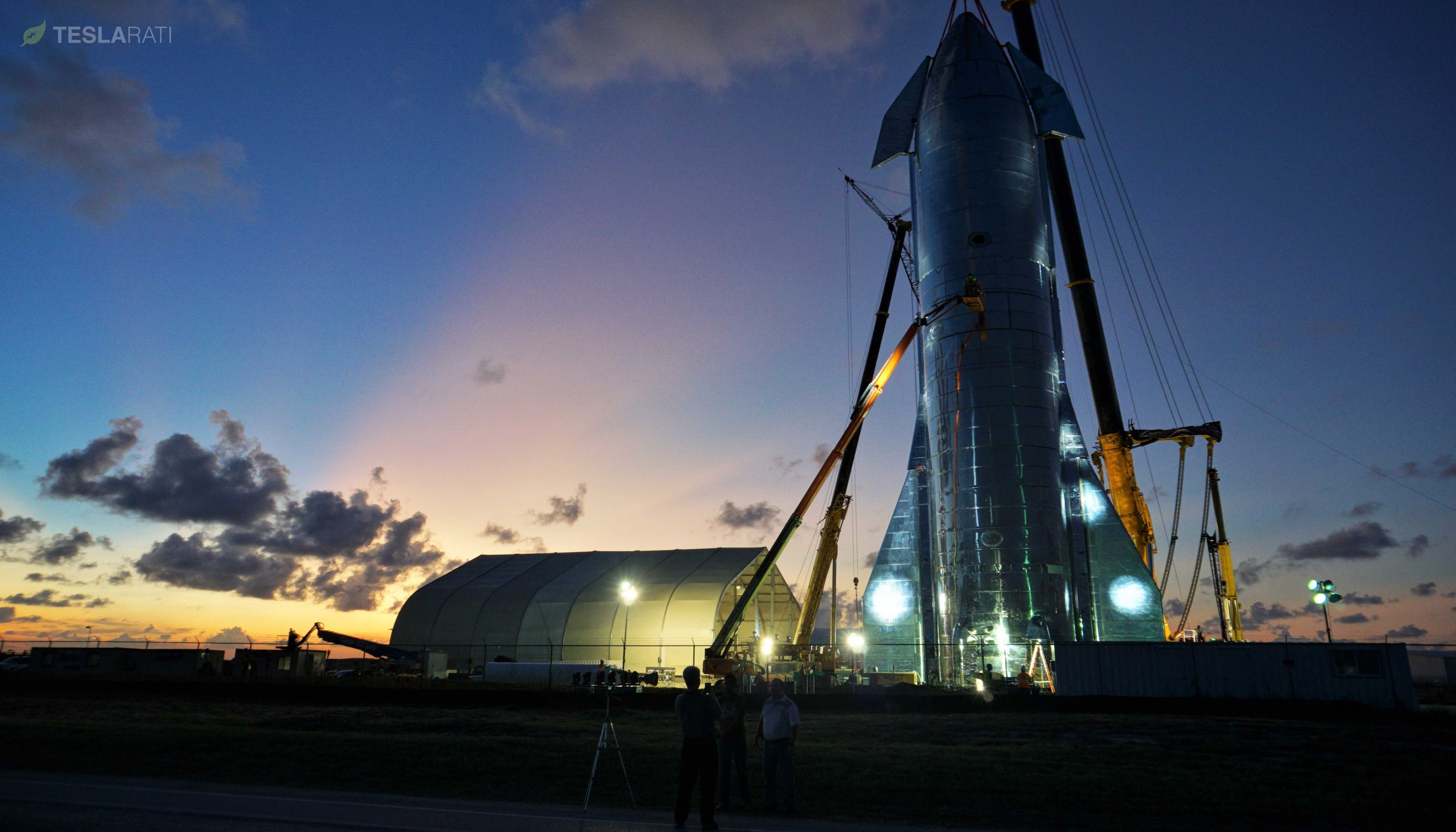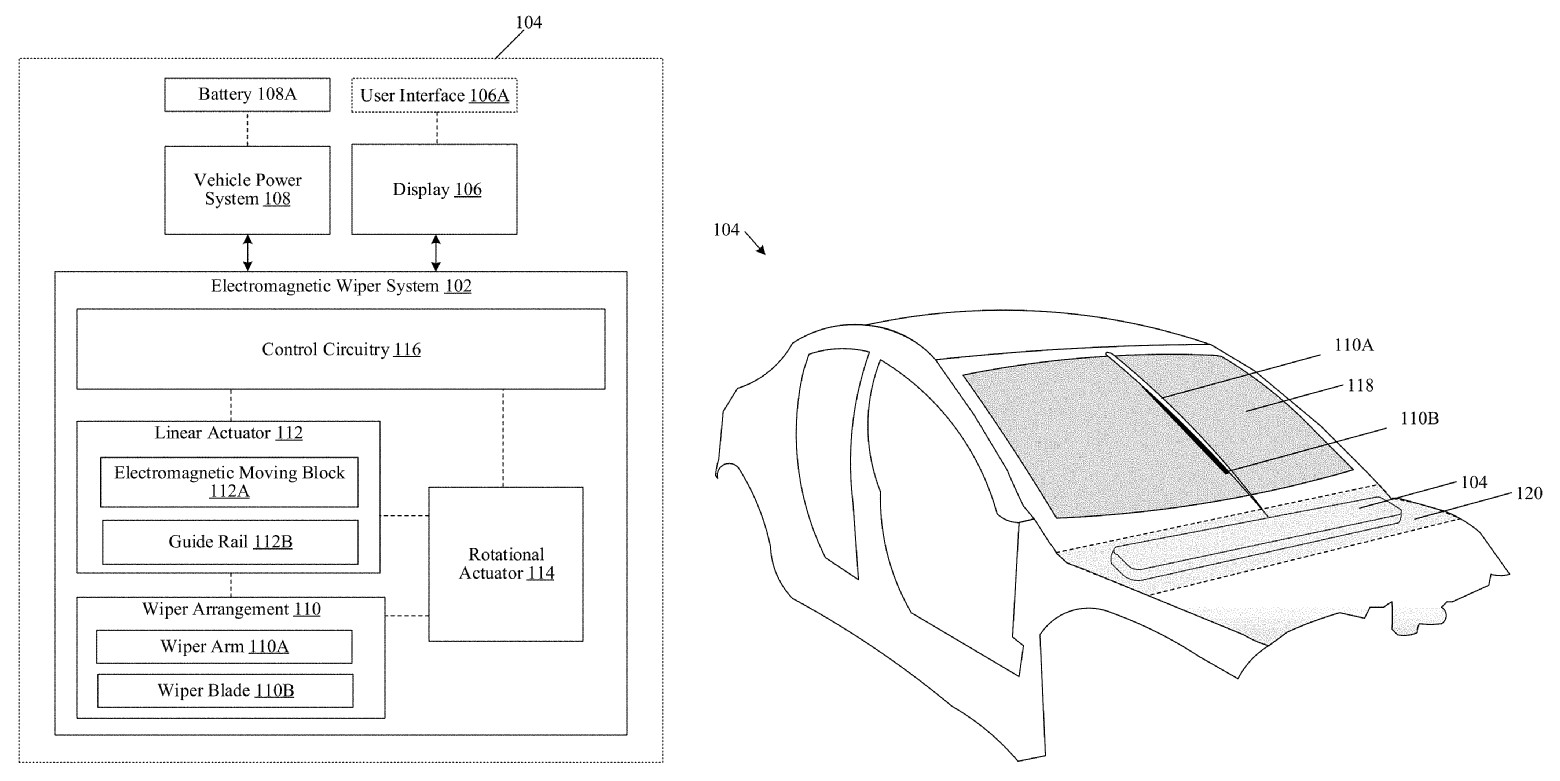Tesla and SpaceX CEO Elon Musk spent his weekend in Boca Chica, Texas conducting a Q&A session in front of the massive Starship Mk1 Prototype.
“Starship will allow us to inhabit other worlds. To make life as we know it multiplanetary,” Musk said. He has spoken about making a transportation system that would allow for the transport of humans and resources between planets since 2016. However, his goals of making other planets inhabitable for humans has been something he has worked toward since 2001 with the Mars Oasis greenhouse project.
Amid speculation regarding the Starship and its systems, some members of the media asked Musk about the plans that Tesla has for life outside of Planet Earth.

Space Reporter Robin Seemangal asked the Tesla and SpaceX founder about whether the company will begin planning a Tesla vehicle that will operate on other planets. “Is there a concept for a Tesla Mars Rover,” asked Seemangal.
“Well, actually, Teslas will work on Mars. You can just drive them, pretty much, because electric cars don’t need oxygen, they don’t need air. So you can just drive them around, no problem,” Musk replied.
It is well known that Musk has planned to expand future human civilizations outside of the Earth. But instead of the stereotypical and “normal” rovers that are used by NASA and other space campaigns across the world, Musk envisions any of Tesla’s current models making it to intergalactic showroom floors. Perhaps one of Musk’s driving factors for creating an electric car was always the fact that battery-powered vehicles would operate in Space.
Robin then asked about the probability of a Boring Company machine to Mars or the Moon when it is inhabitable by humans.
“I think that would be a good idea. Because you could just make as much room as you want underground. And you protect it from radiation and everything and you could use the materials for building. And you’ll need to mine ice and dirt anyway, so why not,” he replied.
Robin finished up by saying “I don’t believe you about the aliens.”
Musk laughed and said “I hope I’m wrong,” while looking up at the sky. “Well, if they’re here, I hope they’re nice. They haven’t killed us yet, so they must be not that bad.”

<!–
–>



